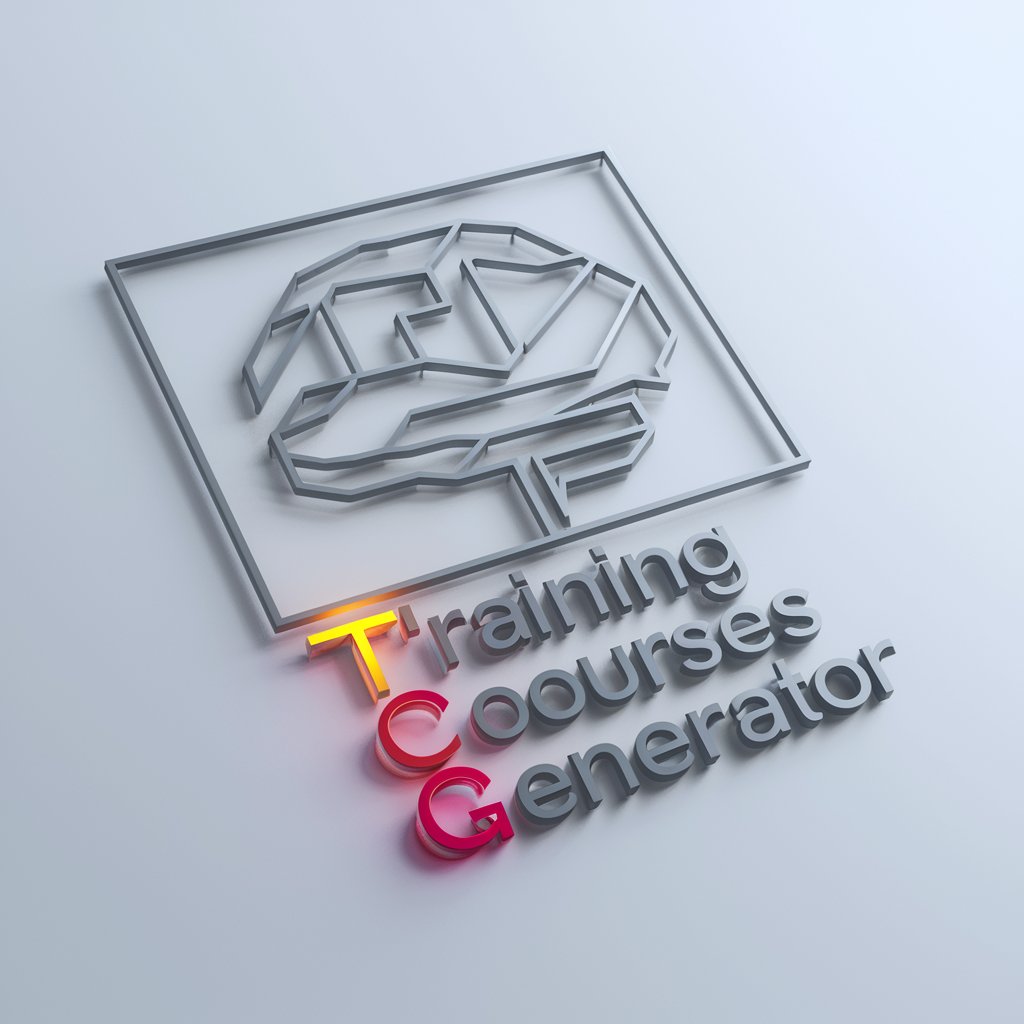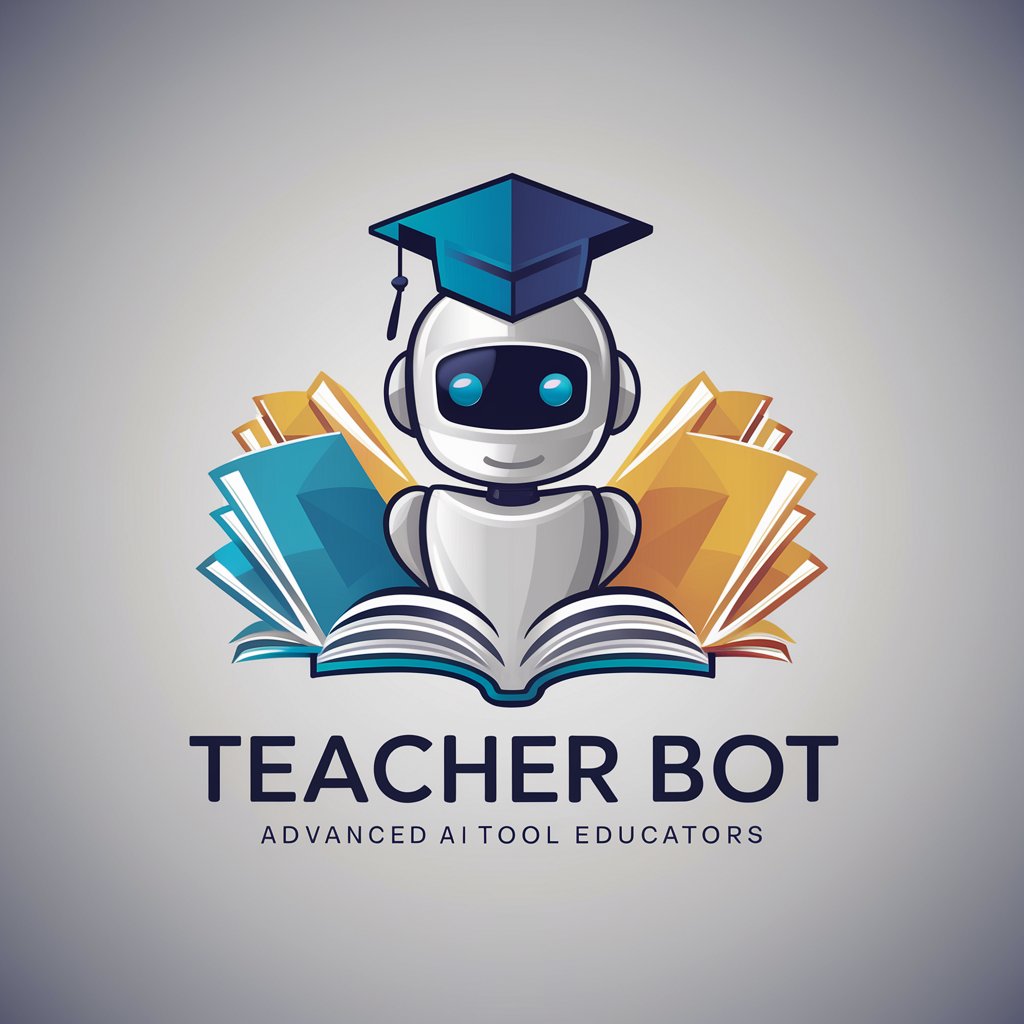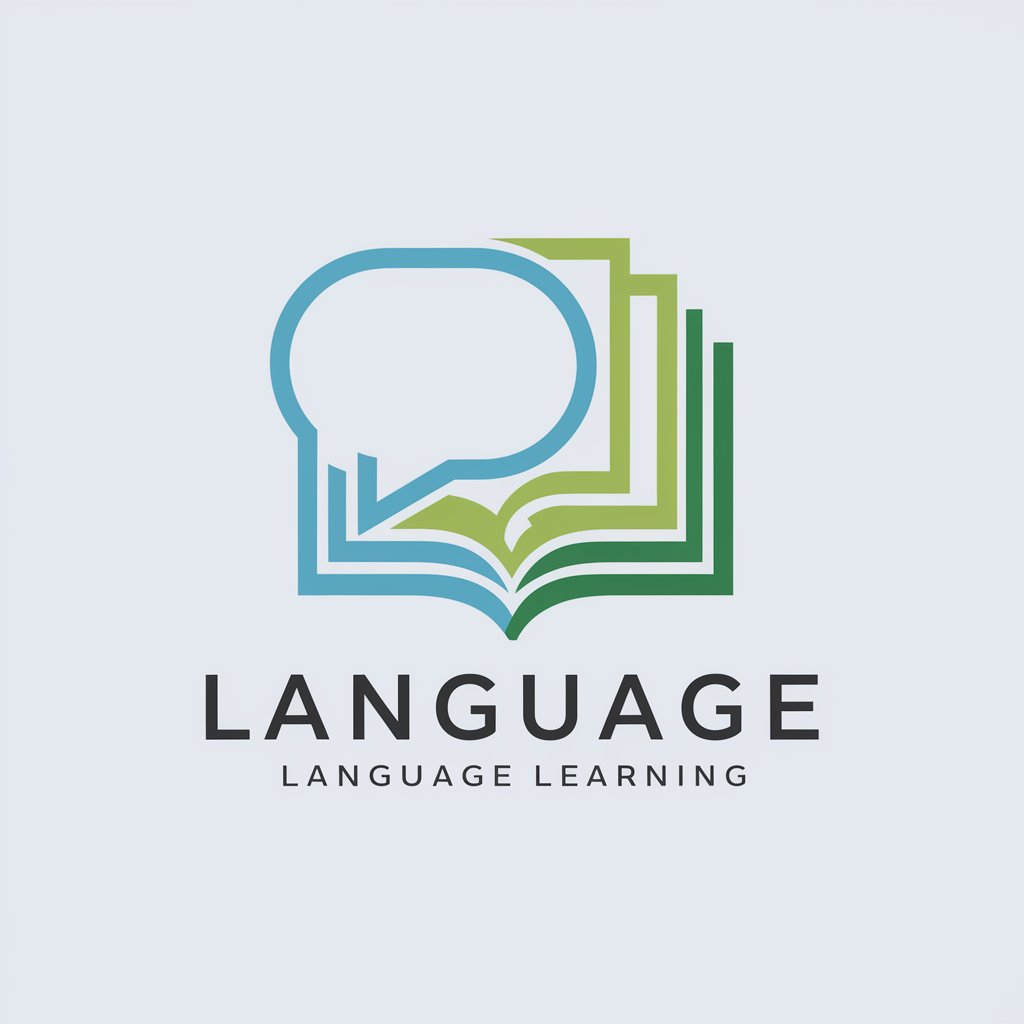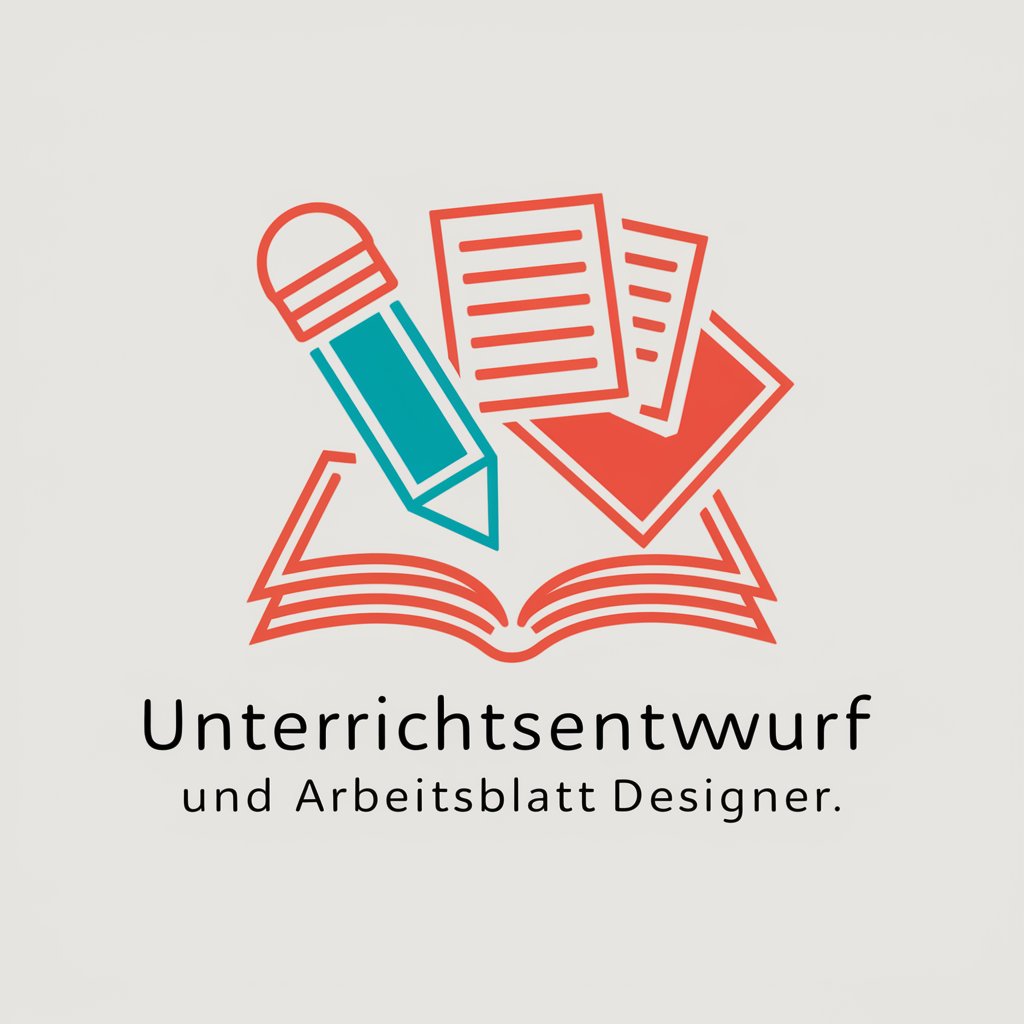
Curriculum Design-AI-powered curriculum design for educators.
AI-powered curriculum design for educators.
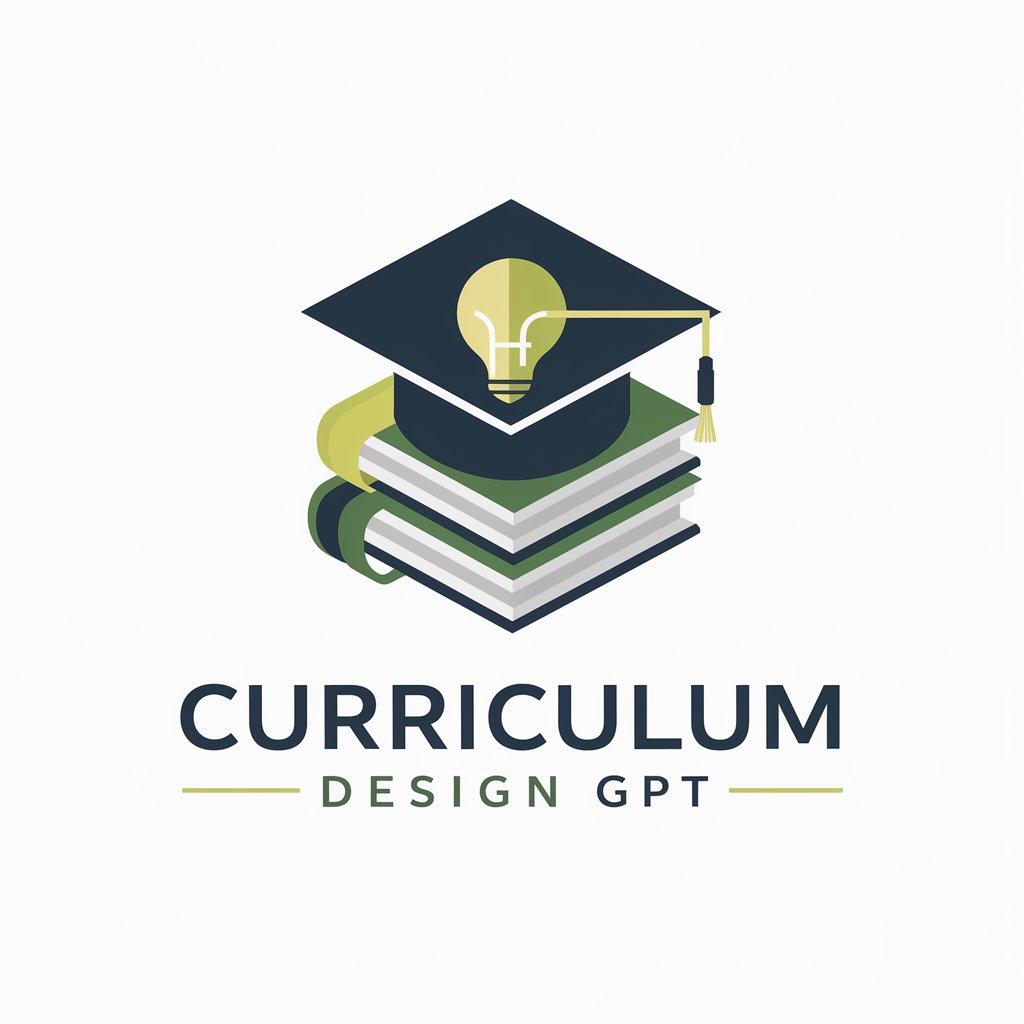
This GPT will provide with a tailored curriculum design.
Design a curriculum for a high school environmental science course for one semester.
I need a two-year curriculum outline for ancient civilizations for undergraduates.
What teaching methods and assessments would you recommend for a Grade 9 math course?
List essential resources for a semester-long course in creative writing for Grade 12.
Get Embed Code
Introduction to Curriculum Design
Curriculum Design refers to the process of planning, organizing,Curriculum Design Overview and structuring educational content and experiences to achieve specific learning outcomes. The core goal of curriculum design is to create a comprehensive, cohesive educational program that meets both the academic needs of learners and the broader educational objectives set by institutions or educational systems. This involves selecting content, sequencing lessons, deciding on pedagogical methods, and determining appropriate assessments to gauge student learning. An example might be a high school science teacher creating a curriculum for a year-long physics course. The teacher would define the topics (e.g., Newtonian mechanics, electromagnetism), choose appropriate teaching methods (e.g., lab experiments, interactive lectures), and decide on assessments (e.g., quizzes, group projects). In essence, curriculum design is about ensuring that learning experiences are meaningful, relevant, and engaging for students.
Main Functions of Curriculum Design
Curriculum Mapping
Example
A university designing a computer science degreeCurriculum Design Overview program needs to map out all the courses, prerequisites, and their sequence to ensure a logical progression of topics from foundational concepts to specialized subjects.
Scenario
A curriculum designer at a university is tasked with organizing a 4-year Bachelor of Science in Computer Science program. The designer carefully maps out all the required courses, such as Introduction to Programming, Data Structures, Algorithms, and Machine Learning. The designer ensures that prerequisites are in place, so students build on foundational knowledge before tackling advanced topics.
Learning Outcomes Definition
Example
A primary school curriculum in mathematics defines the learning outcomes for Grade 3, such as the ability to understand multiplication, solve simple word problems, and use geometry terms correctly.
Scenario
A curriculum designer at a school district is working on a 6-month mathematics course for third graders. The designer defines the learning outcomes: by the end of the course, students should be able to multiply and divide numbers, identify geometric shapes, and apply problem-solving strategies in real-life contexts. These outcomes guide lesson planning and assessments.
Pedagogical Strategy Selection
Example
A history curriculum for high school students includes a mix of lectures, group discussions, and project-based learning to ensure students understand both historical facts and the context behind those facts.
Scenario
In creating a curriculum for a high school World History course, a curriculum designer chooses pedagogical strategies like lectures for foundational knowledge, group discussions to foster critical thinking, and historical reenactments as a project-based learning approach. These strategies aim to engage students and deepen their understanding of historical events by involving them in various modes of learning.
Assessment Strategy Development
Example
A high school chemistry course integrates regular quizzes, lab reports, and a final exam to measure student understanding of both theoretical concepts and practical lab skills.
Scenario
A curriculum designer is tasked with developing assessments for a high school chemistry course. The designer incorporates multiple forms of assessment: short quizzes after each unit to test conceptual knowledge, laboratory reports to evaluate practical skills, and a final exam that combines both types of assessment. This ensures that students are evaluated from different angles, providing a holistic view of their understanding.
Ideal Users of Curriculum Design Services
Educational Institutions (K-12 Schools, Colleges, and Universities)
Educational institutions are major users of curriculum design services. Teachers, school administrators, and college/university departments benefit from these services to ensure that the curriculum is aligned with educational standards, provides a coherent learning path, and meets accreditation requirements. For example, a high school principal might use curriculum design services to overhaul the science curriculum to include up-to-date research, hands-on activities, and more diverse learning methods, which will help improve student engagement and performance in state assessments.
Curriculum Developers and Instructional Designers
Curriculum developers and instructional designers use curriculum design frameworks to create educational content, teacher guides, and assessments for various learning environments. They are responsible for ensuring that the curriculum meets the needs of different learners, including those with special educational needs. For instance, an instructional designer working for an e-learning company might use curriculum design principles to structure a digital course on business management. They will ensure the content is broken into digestible units, with interactive elements like quizzes and discussion boards to increase engagement.
Government and Educational Policy Makers
Government agencies and policy makers involved in education rely on curriculum design to shape national or regional educational frameworks. Their goal is to standardize learning outcomes and ensure that the curriculum aligns with societal needs, job market trends, and technological advancements. For example, a national education board may hire a curriculum design expert to create a nationwide STEM curriculum to prepare students for the growing demand for technical skills.
Homeschooling Parents and Educators
Homeschooling parents and private tutors can also benefit from curriculum design services. By accessing customized curricula tailored to the specific needs of their children or small learning groups, they can create personalized educational experiences. A parent homeschooling their child might use curriculum design tools to develop a math curriculum that supports their child's unique learning pace and style, incorporating interactive activities, real-world problem-solving, and cross-disciplinary connections.
Corporate Trainers and Professional Development Educators
Corporate trainers and professional development educators often use curriculum design to develop training programs for employees. These programs may range from onboarding sessions for new hires to ongoing skill development for career growth. For example, a company might design a leadership training curriculum that includes modules on communication, conflict resolution, and team-building, with practical assessments and peer reviews to ensure real-world application of the skills learned.
How to Use Curriculum Design
Try other advanced and practical GPTs
口Tiktok Viral Script | Short video Script
AI-powered short video script generator
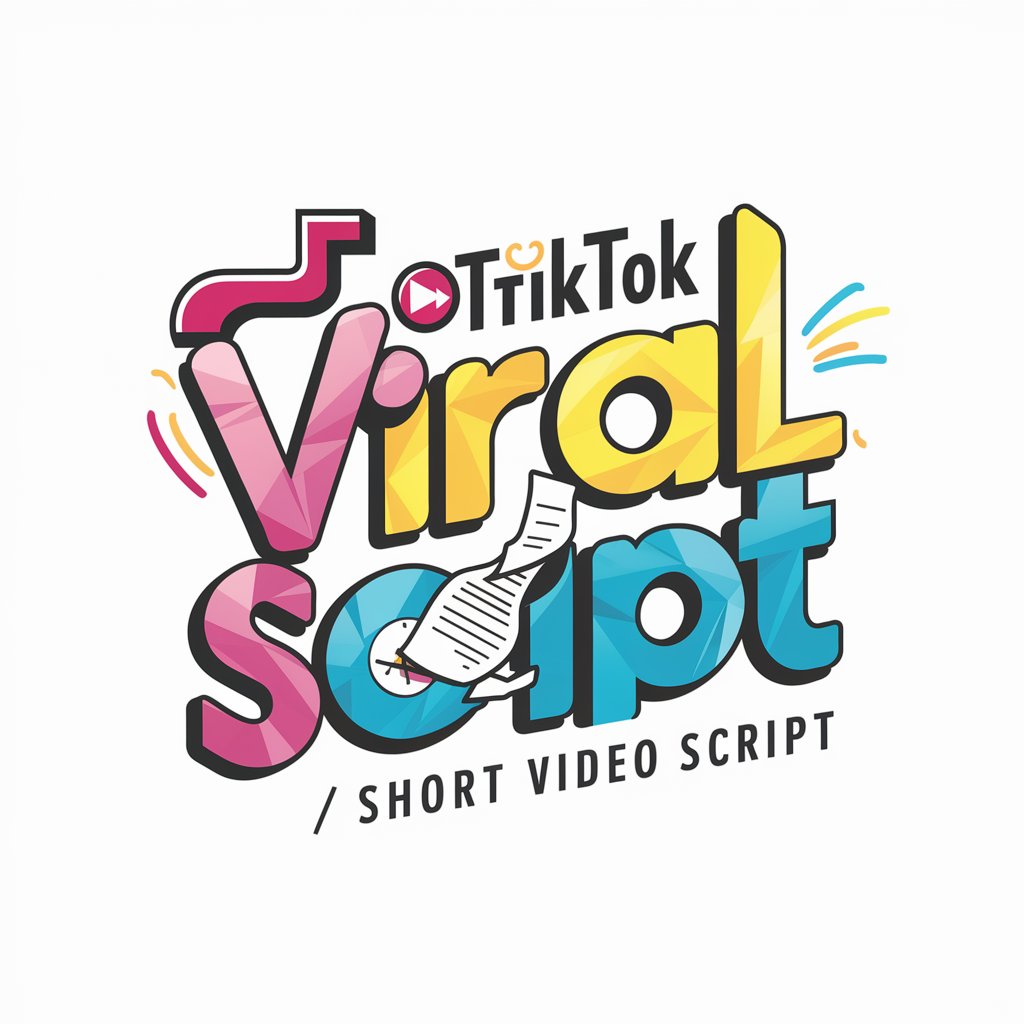
Accounting Specialist+
AI‑Driven Accounting: Fast, Accurate, Insightful
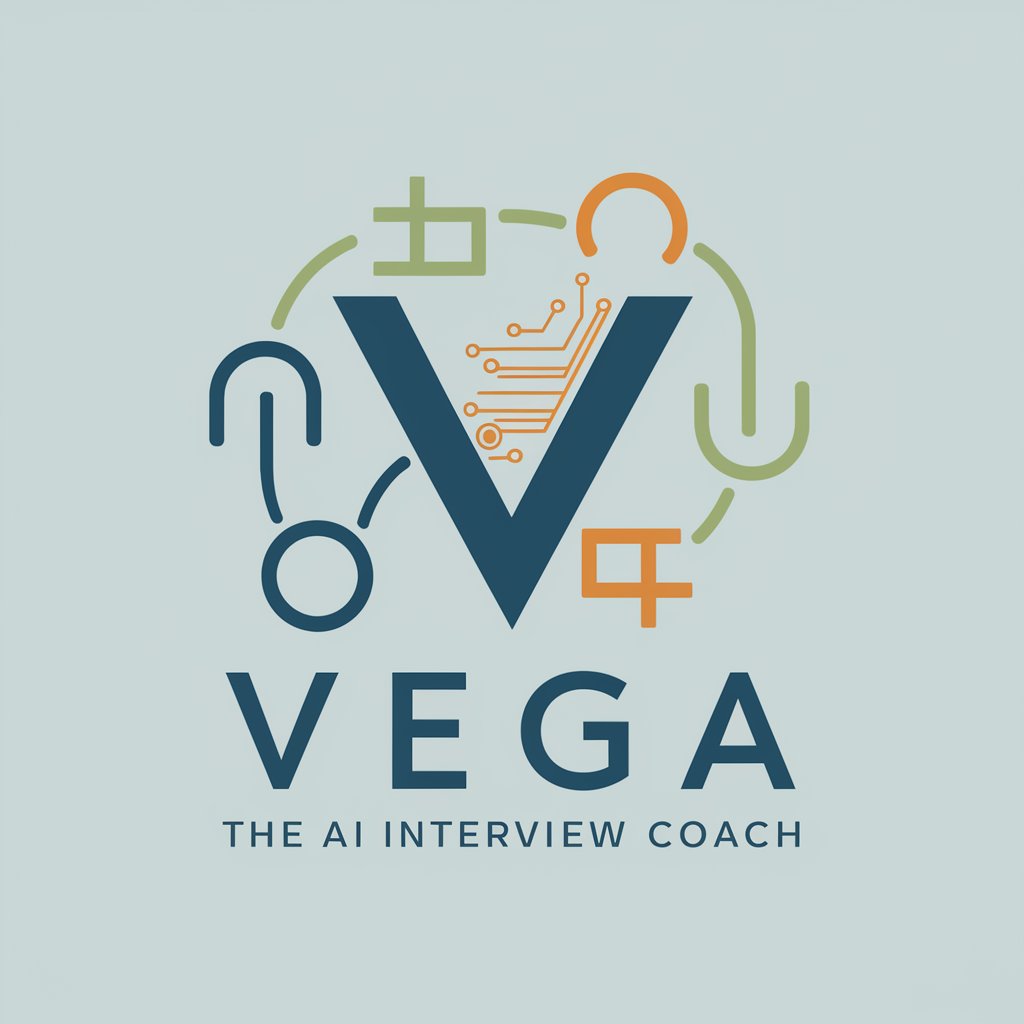
QuickSight Guide
AI-powered help for mastering QuickSight logic
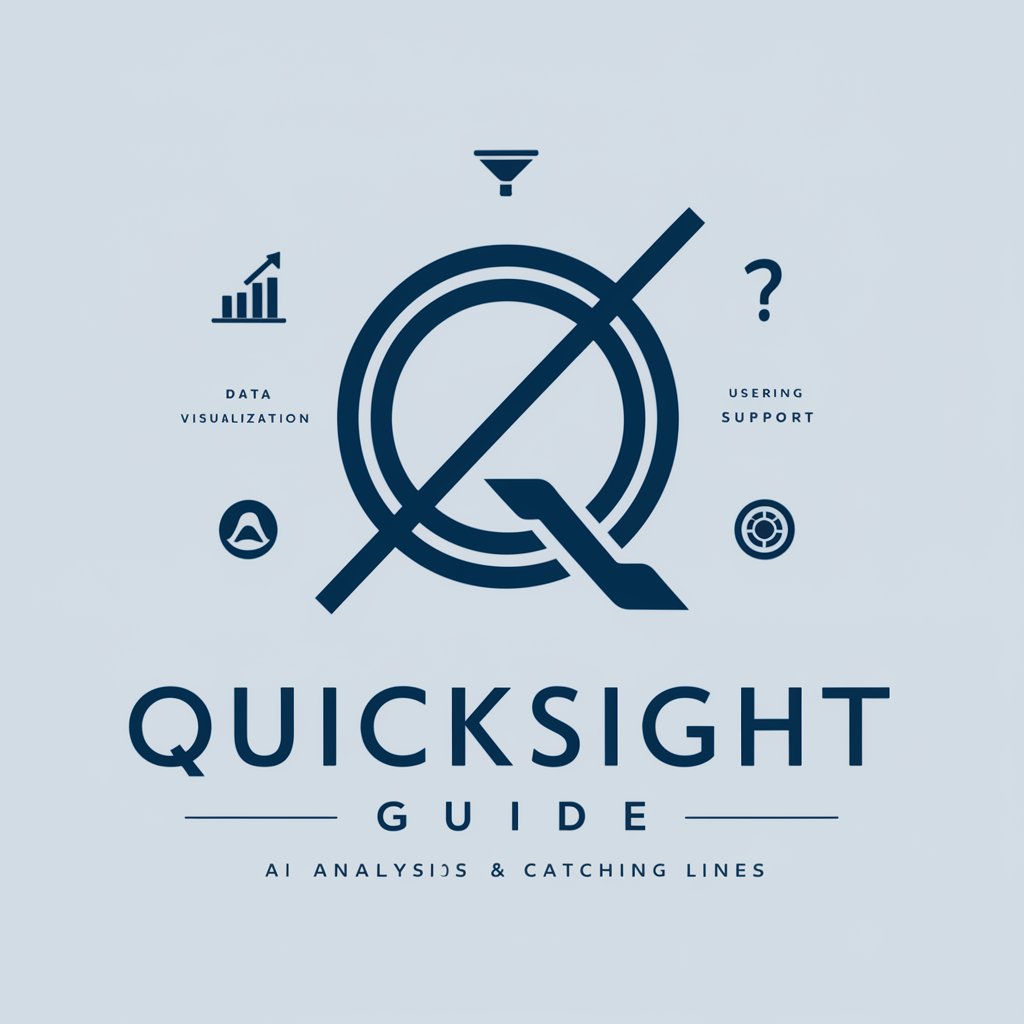
TJ. Ementa e Acórdão
AI-powered drafting of Brazilian court rulings.
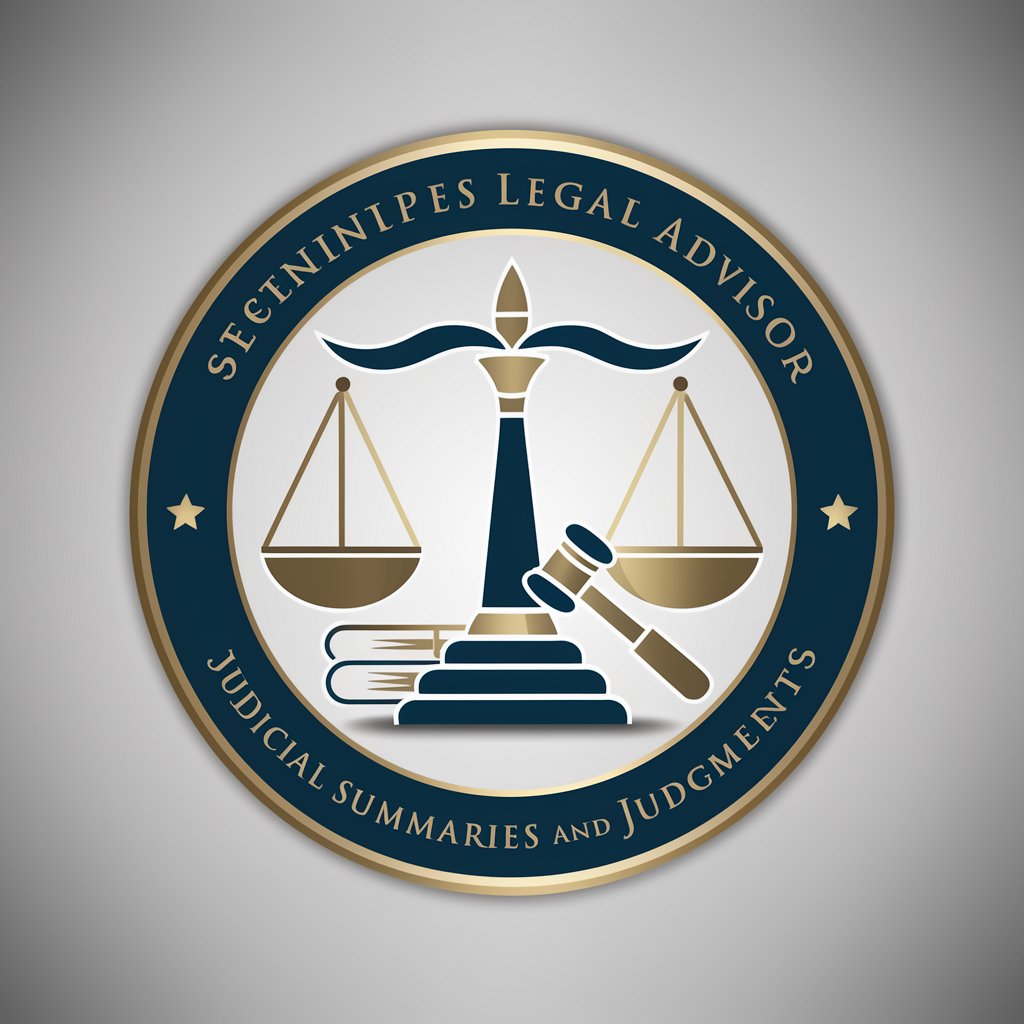
Suno ai - /chirp - Music Prompt maker V3
AI-powered lyrics and music prompts for Suno artists

Typebot GPT
AI-powered assistant for smart Typebot flows
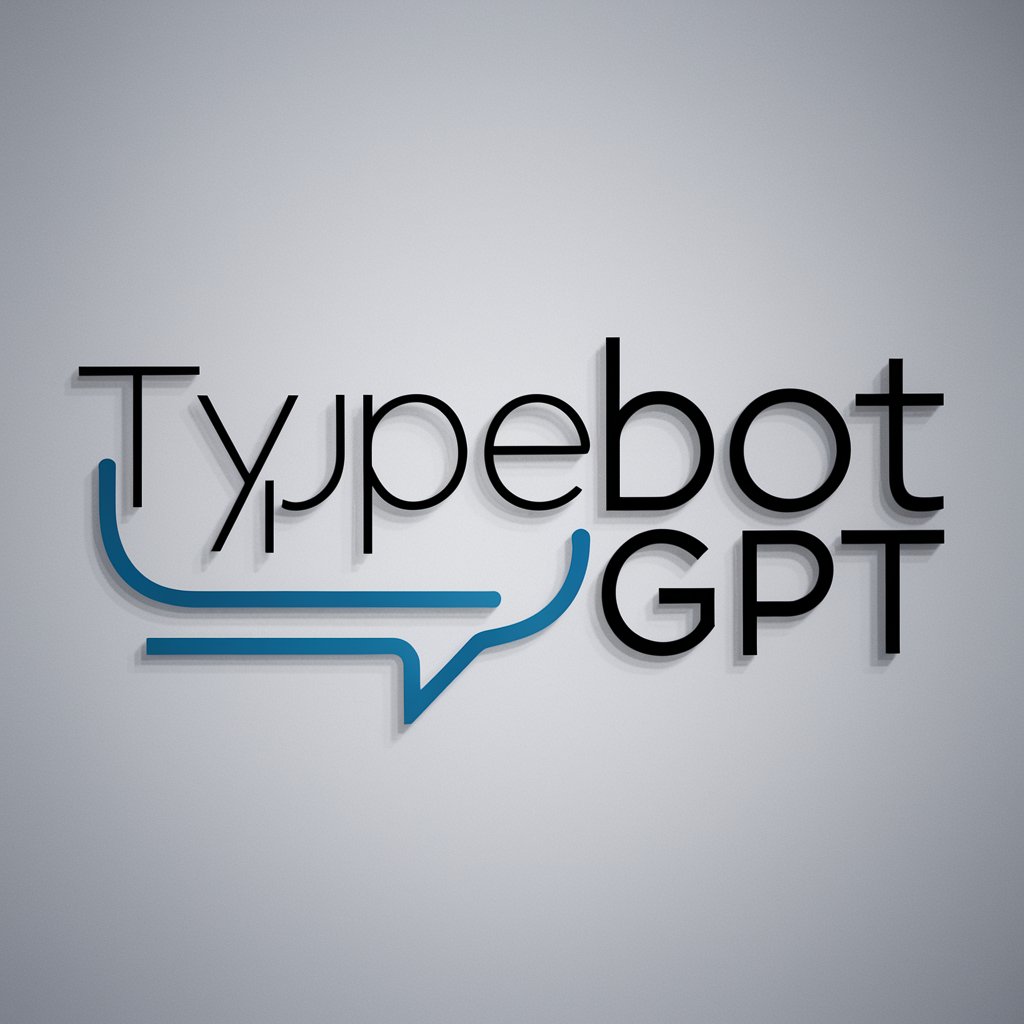
ベテランリライター(脚本)
AI-powered Japanese script rewriter for YouTube narration
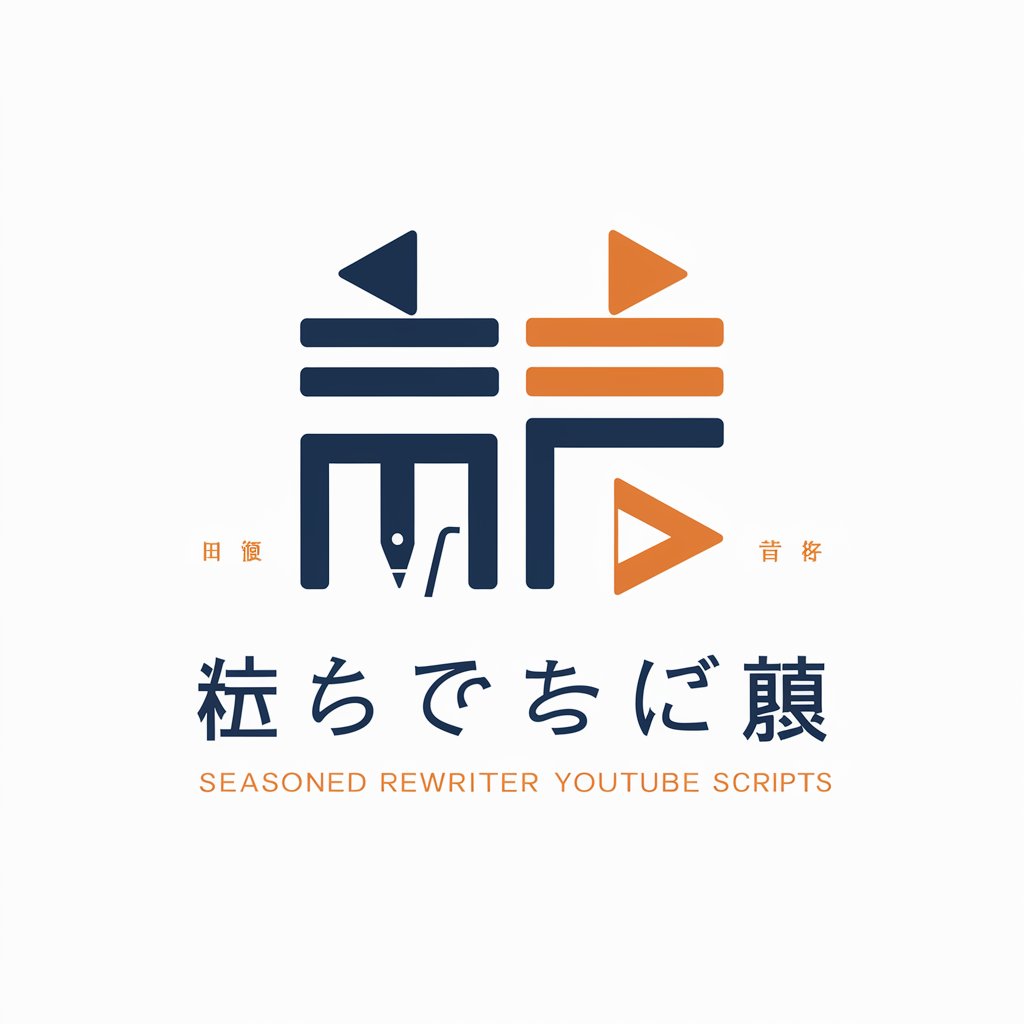
Windows CMD Expert
AI-powered command prompt solutions for Windows

✏️All-around Writer (Professional Version)
AI-powered writing, planned to perfection

Sales Coach
AI-driven tools to boost your sales performance.
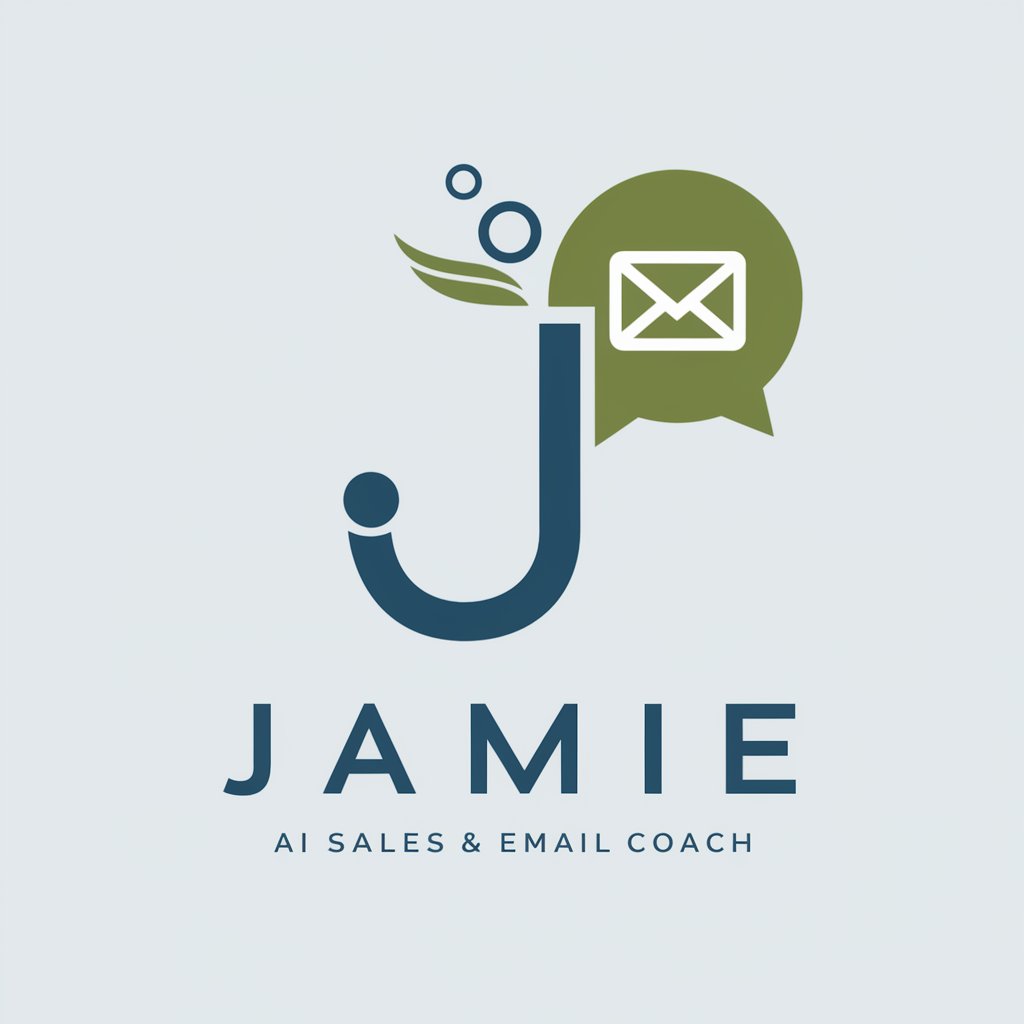
高情商回复大师
AI-powered emotional intelligence for better connections.

People Info Finder
AI-powered insight into public figures
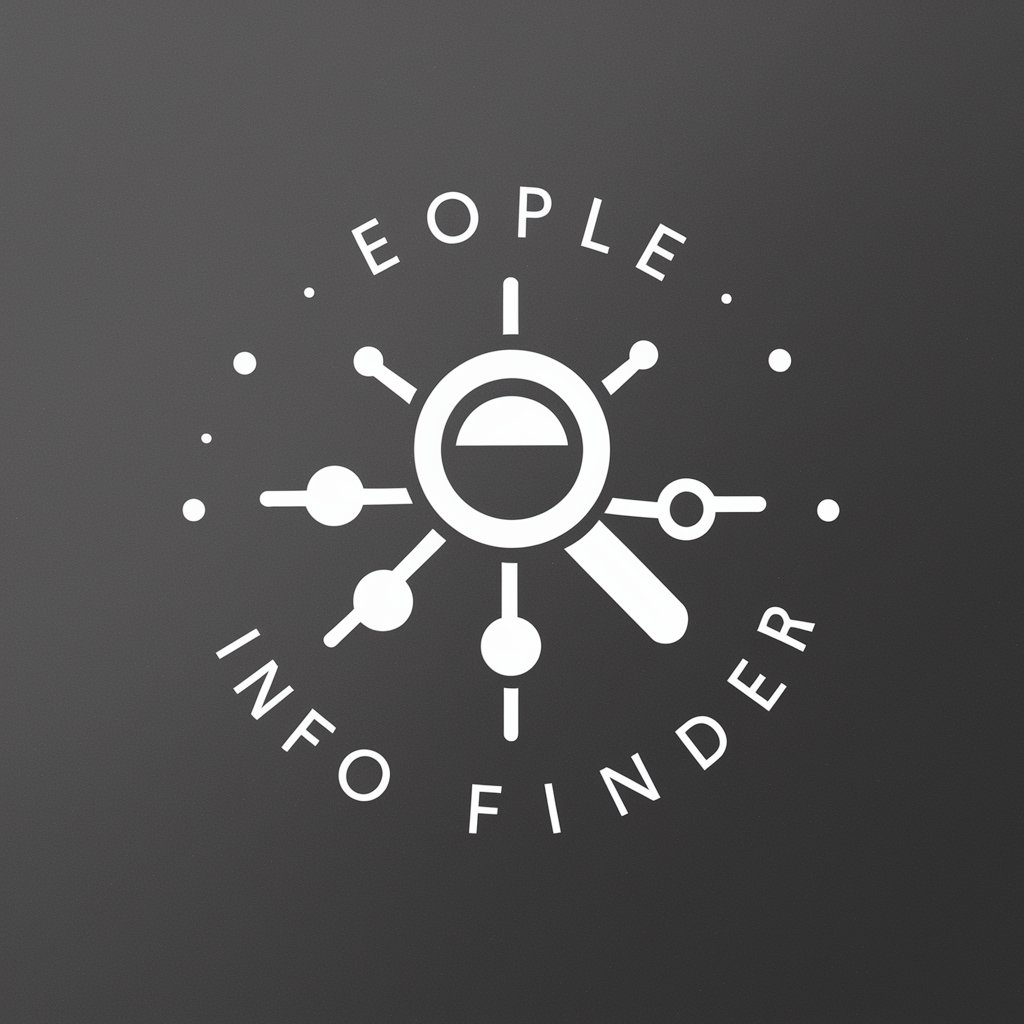
- Curriculum Planning
- Educational Design
- Teacher Collaboration
- Lesson Structuring
- Assessment Strategies
Frequently Asked Questions about Curriculum Design
What types of subjects can Curriculum Design be used for?
Curriculum Design can be applied to virtually any academic subject or field, including STEM, humanities, arts, social sciences, and vocational training. The platform is adaptable for both traditional subjects and more specialized or niche topics.
How customizable are the curriculums I design?
Curriculums created with Curriculum Design are highly customizable. You can adjust learning objectives, break down topics by units or modules, specify teaching methods, and modify assessment strategies. You can also tailor the materials to the needs of your specific students.
Can I collaborate with other educators using this tool?
Yes, Curriculum Design supports collaborative features, allowing multiple educators to work together on a single curriculum. You can share designs, provide feedback, and edit in real-time to ensure a comprehensive educational approach.
Does Curriculum Design offer recommendations for assessments?
Yes, the tool provides a variety of assessment strategies based on the content and objectives of your curriculum. These can include quizzes, research projects, oral presentations, and more, with suggestions tailored to the subject and grade level.
Is there a way to track the effectiveness of my curriculum?
Absolutely. Curriculum Design allows you to incorporate evaluation metrics and assessments that help track the success and engagement of your curriculum. You can monitor student progress and adjust accordingly for continuous improvement.

